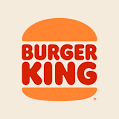Introduction
The Rise of Biodegradable Food Packaging in the Grocery Industry
Have you noticed how your local grocery store has been going green lately? It’s not just you – the entire grocery industry is having a bit of an eco-awakening! More and more of us are starting to think about our impact on the planet, and guess what? We’re demanding change, starting with the packaging our food comes in.It’s pretty wild when you think about it. Those plastic containers and bags we’ve been using for decades? They’re getting a major makeover. Now, we’re talking about packaging that can break down in your backyard compost bin. Crazy, right?
In this article, we’re going to dive into this green packaging revolution. We’ll look at why it’s such a big deal for grocery stores (spoiler alert: it’s not just about saving the planet), and we’ll explore some of the coolest new packaging materials out there. Ever heard of packaging made from corn? Yep, that’s a thing now!So, grab your reusable shopping bag, and let’s take a stroll down the eco-friendly aisles of the future. Trust me, by the end of this, you’ll never look at a cereal box the same way again!
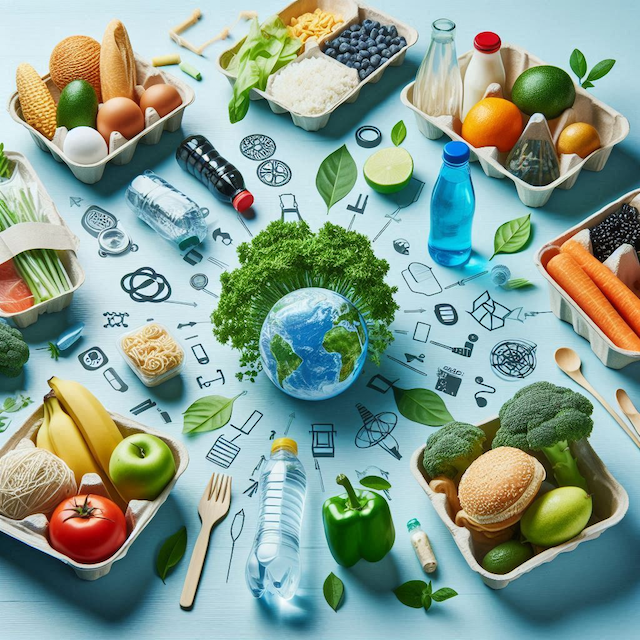
The Growing Market for Biodegradable Packaging
According to a report by Globe News Wire, the biodegradable packaging market is projected to reach a staggering value of $126.85 billion USD by 2026. This tremendous growth reflects the increasing consumer demand for eco-friendly packaging solutions and presents a golden opportunity for grocery packers to adapt and thrive in this changing landscape.
Understanding Cornstarch Biodegradable Food Packaging
What Makes Cornstarch Packaging Eco-Friendly?
Cornstarch biodegradable food packaging is quickly becoming a popular choice among food vendors and consumers alike. Here’s why:
- Renewable resource
- Lower greenhouse gas emissions
- Reduced energy requirements for production
- Completely compostable when disposed of correctly
Practical Advantages of Cornstarch Packaging
Beyond its environmental benefits, cornstarch biodegradable packaging offers several practical advantages:
- Food-safe (FDA-approved PLA)
- Resistant to food fats and oils
- Suitable for print applications
- Low flammability
- High aroma barrier
- UV resistant
- Durable and strong
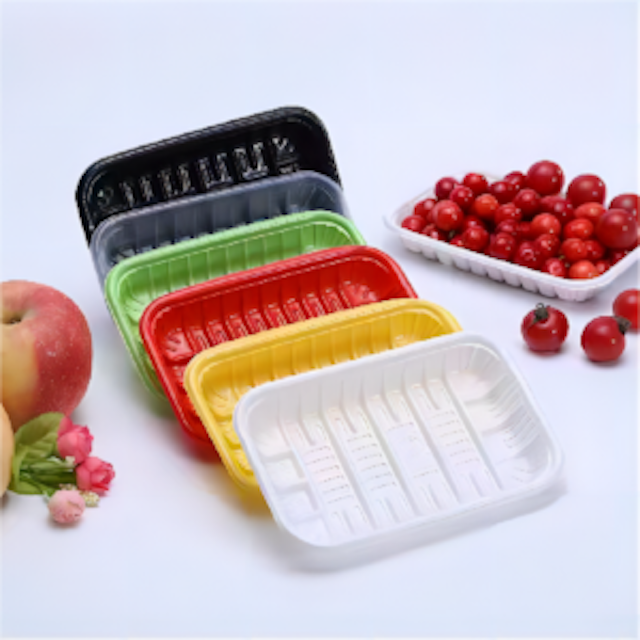
The Science Behind Biodegradable Packaging
A study conducted by the National University of Singapore revealed impressive properties of starch-based biodegradable films:
| Property | Value |
|---|---|
| Tensile strength | 7.5 MPa |
| Elongation percentage | 15.3% |
| Water sorption | 0.13% |
| Efficacy of biodegradability | 97.5% |
The study also found that:
- Sodium silicate inhibits fungal growth in corn and potato starch bioplastics
- Water vapor permeability increases with higher glycerol concentrations
Government Support for Sustainable Packaging
The US government has taken significant steps to promote sustainable packaging solutions:
- The US Department of Agriculture’s BioPreferred Program aims to source all packaging for federal agencies from biobased materials by 2025.
- The US Environmental Protection Agency has set goals for reducing plastic waste and increasing the use of sustainable packaging materials.
The Grocery Industry’s Shift Towards Sustainability
Current Adoption Rates
A survey conducted by the Food Marketing Institute revealed:
- Nearly 90% of grocery packers are now using sustainable packaging materials
- Almost all grocery packers have implemented waste reduction practices such as:
- Recycling
- Composting
- Reducing single-use plastics
Benefits for Grocery Packers Adopting Sustainable Packaging
- Reduced costs
- Improved customer satisfaction and loyalty
- Reduced environmental impacts
- Improved product and brand visibility
- Extended shelf life of products
- Meeting corporate sustainability goals
- Reduced waste
- Competitive edge in the market
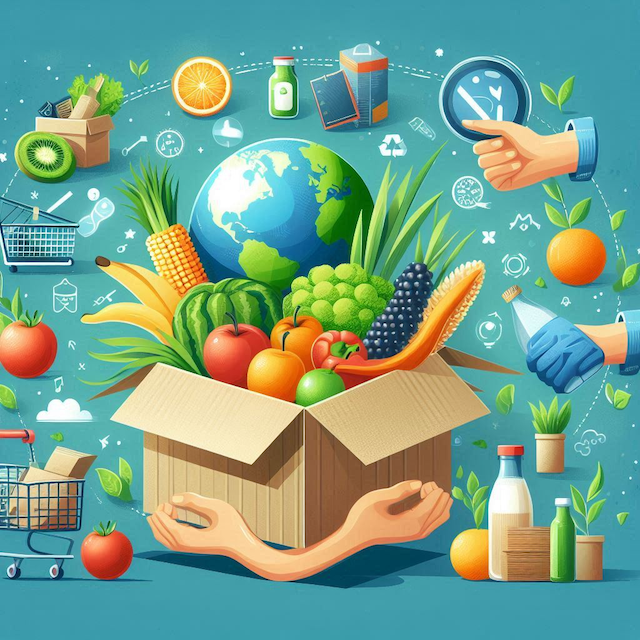
Success Stories: Grocery Packers Leading the Way
Let’s explore five grocery packers who have successfully adapted to sustainable packaging solutions:
1. Walmart
Walmart has made significant investments in sustainable packaging, including:
- Transitioning to 100% recyclable packaging
- Eliminating plastic bags
- Introducing reusable containers
2. Kroger
Kroger’s sustainable packaging initiatives include:
- Reducing single-use plastics
- Transitioning to 100% recyclable packaging
- Introducing reusable containers
3. Aldi
Aldi has committed to reducing plastic packaging and waste by:
- Switching to compostable packaging
- Using reusable containers
4. Nestle
Nestle’s sustainability efforts include:
- Committing to reduce virgin plastic use by one-third
- Using recycled materials for packaging
- Eliminating single-use plastics
5. Target
Target’s sustainable packaging goals include:
- Transitioning to 100% recyclable and reusable materials
- Eliminating plastic bags
- Switching to compostable packaging
The Consequences of Inaction
Grocery packers who fail to adopt sustainable packaging solutions in the near future may face several challenges:
- Increased costs
- Decreased customer satisfaction and loyalty
- Reduced brand visibility
- Increased environmental impacts
- Increased competition from sustainable brands
- Potential regulations and fines from government agencies
- Long-term competitive disadvantage
Implementing Sustainable Packaging Solutions: A Step-by-Step Guide
1. Assess Current Packaging
- Conduct an audit of existing packaging materials
- Identify areas for improvement
2. Research Sustainable Alternatives
- Explore options like cornstarch biodegradable packaging
- Consider other eco-friendly materials such as recycled plastics or paper-based solutions
3. Engage Suppliers
- Collaborate with suppliers to source sustainable packaging materials
- Encourage innovation in packaging design
4. Redesign Packaging
- Optimize packaging size and shape to reduce material usage
- Incorporate recycled or biodegradable materials
5. Educate Employees and Customers
- Train staff on proper handling and disposal of sustainable packaging
- Inform customers about the benefits of eco-friendly packaging
6. Implement Recycling and Composting Programs
- Set up in-store recycling stations
- Partner with local composting facilities
7. Monitor and Measure Progress
- Track key metrics such as waste reduction and customer feedback
- Continuously improve based on data and insights
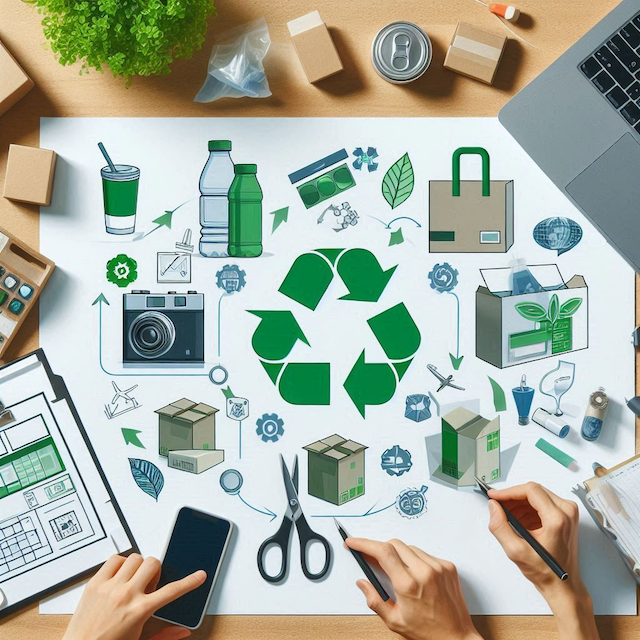
The Future of Sustainable Packaging in the Grocery Industry
As technology advances and consumer demand for eco-friendly options grows, we can expect to see:
- Increased innovation in biodegradable materials
- More widespread adoption of sustainable packaging across the industry
- Stricter regulations on single-use plastics and non-recyclable materials
- Greater emphasis on circular economy principles in packaging design
Conclusion
The shift towards sustainable packaging solutions presents both challenges and opportunities for grocery packers. By embracing eco-friendly options like cornstarch biodegradable packaging, grocery packers can reduce their environmental impact, improve customer satisfaction, and gain a competitive edge in the market. As the industry continues to evolve, those who adapt to sustainable practices will be best positioned for long-term success.
FAQs
Q1: What is cornstarch biodegradable packaging?
A1: Cornstarch biodegradable packaging is a type of eco-friendly food packaging made from renewable resources. It produces fewer greenhouse gas emissions, requires less energy to produce, and is completely compostable when disposed of correctly.
Q2: How does sustainable packaging benefit grocery packers?
A2: Sustainable packaging offers numerous benefits for grocery packers, including reduced costs, improved customer satisfaction, reduced environmental impacts, improved brand visibility, extended product shelf life, and a competitive advantage in the market.
Q3: Are there any government initiatives supporting sustainable packaging?
A3: Yes, the US government has implemented measures to promote sustainable packaging solutions. For example, the US Department of Agriculture’s BioPreferred Program aims to source all packaging for federal agencies from biobased materials by 2025.
Q4: What challenges do grocery packers face if they don’t adopt sustainable packaging?
A4: Grocery packers who don’t adopt sustainable packaging may face increased costs, decreased customer satisfaction, reduced brand visibility, increased environmental impacts, and potential regulations and fines from government agencies.
Q5: How can grocery packers implement sustainable packaging solutions?
A5: Grocery packers can implement sustainable packaging solutions by assessing current packaging, researching alternatives, engaging suppliers, redesigning packaging, educating employees and customers, implementing recycling and composting programs, and monitoring progress.







